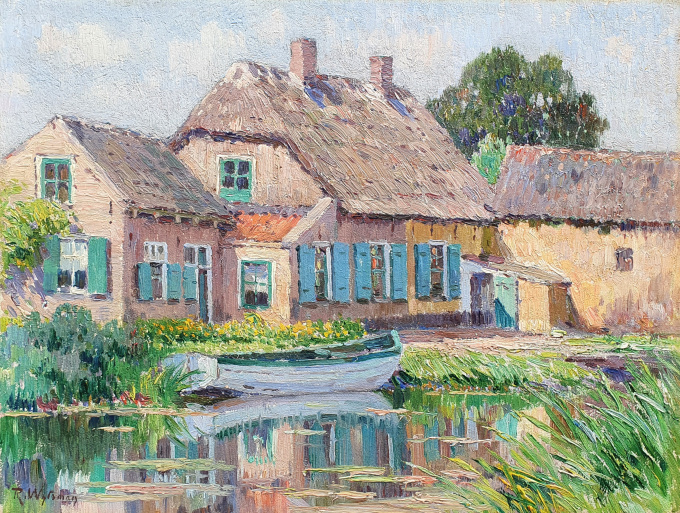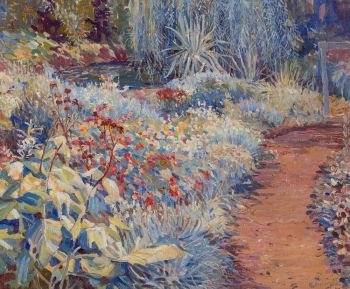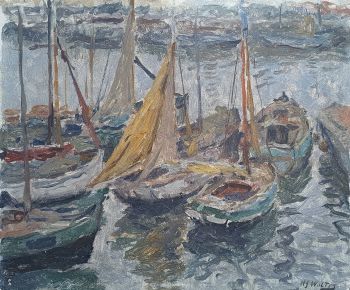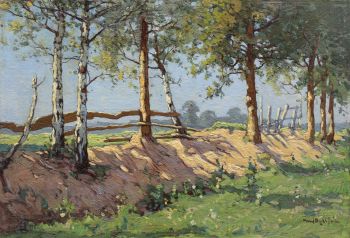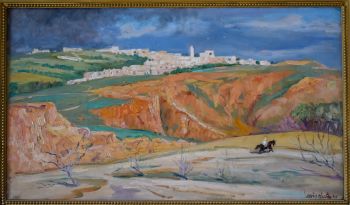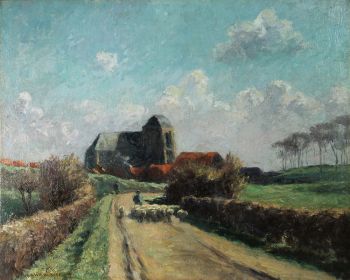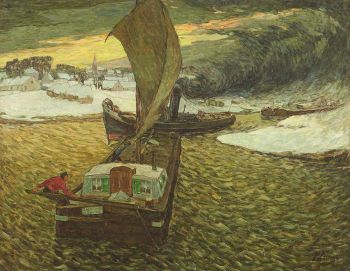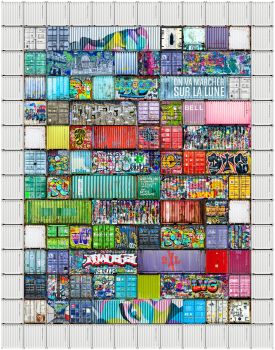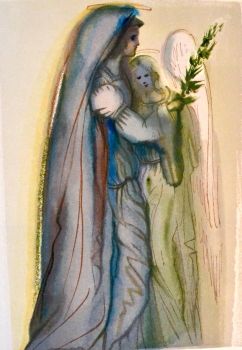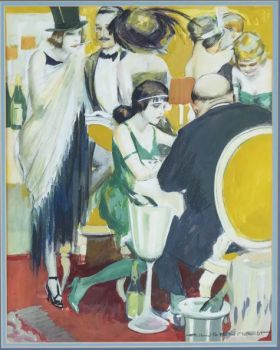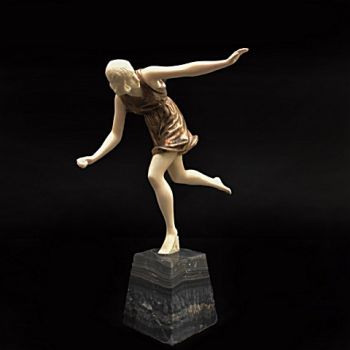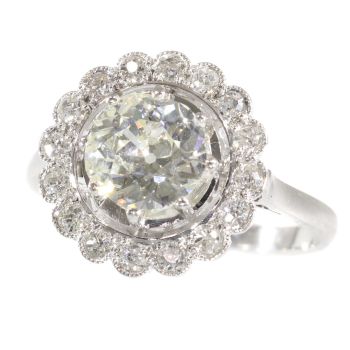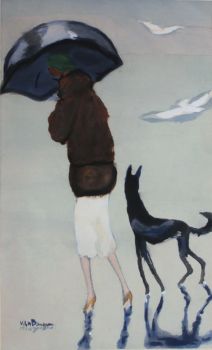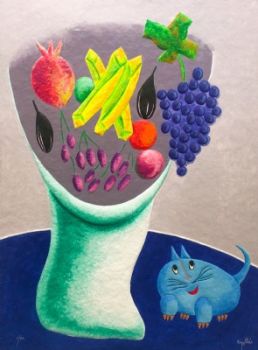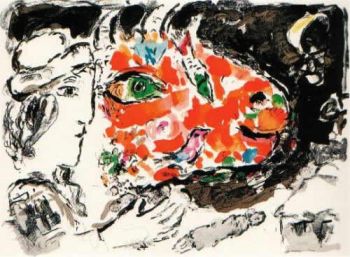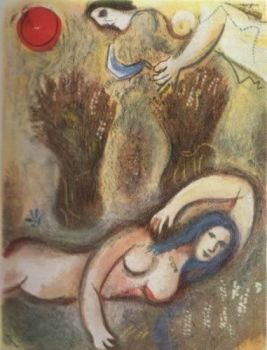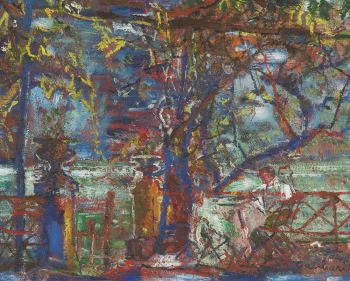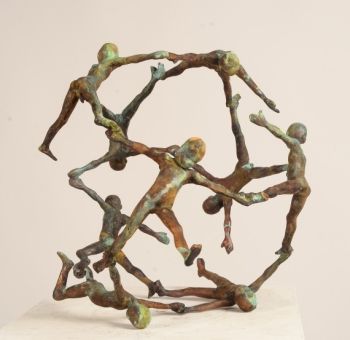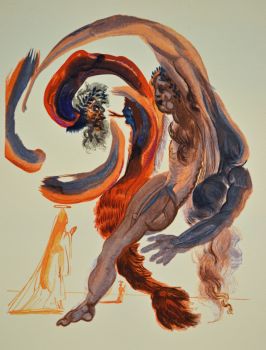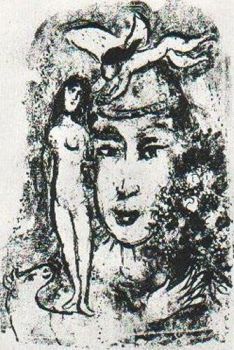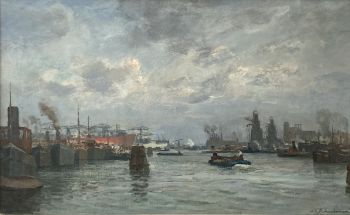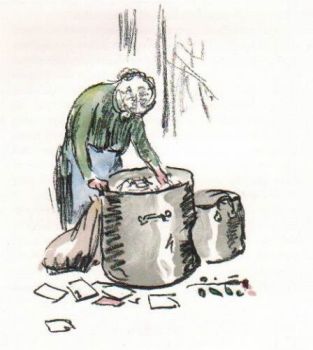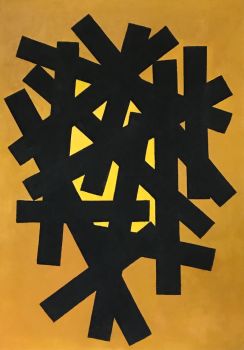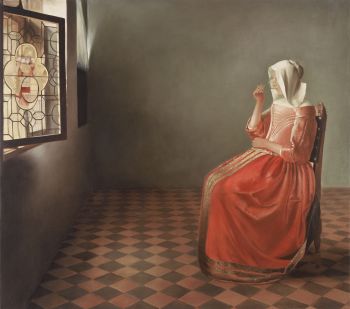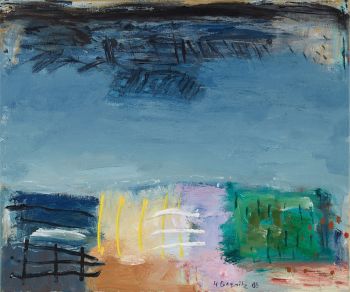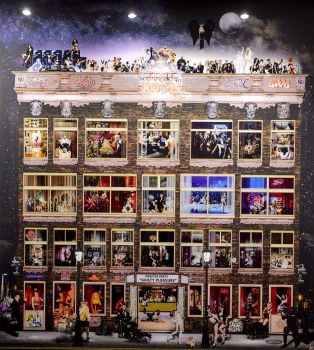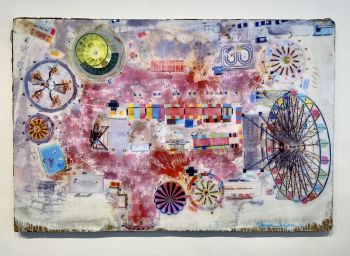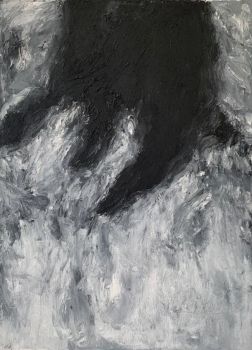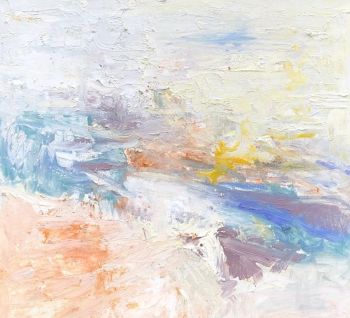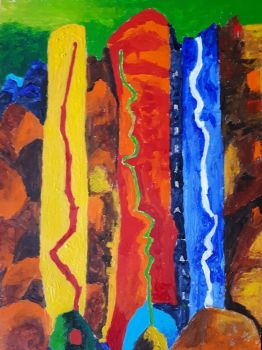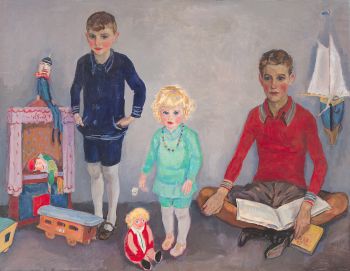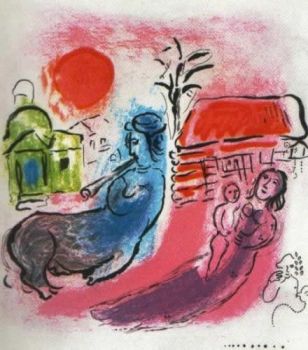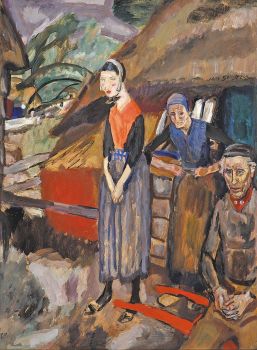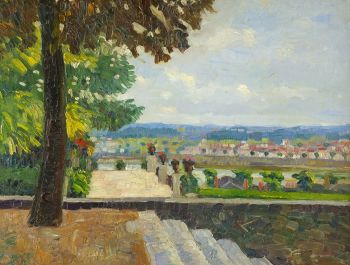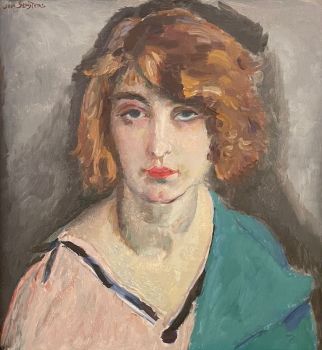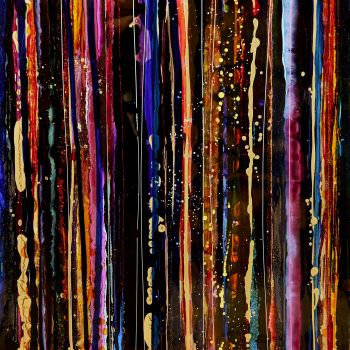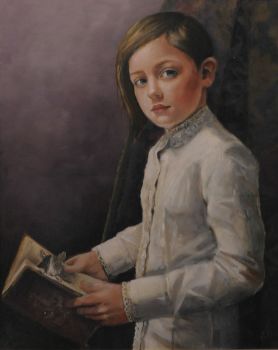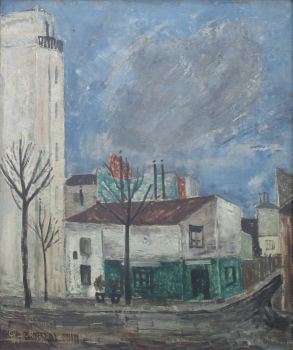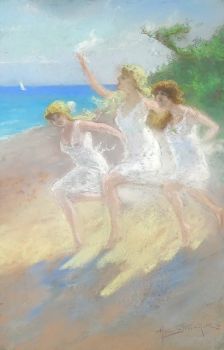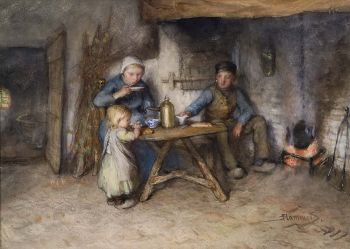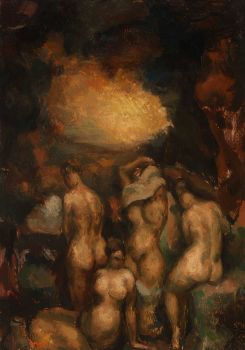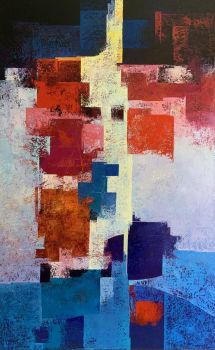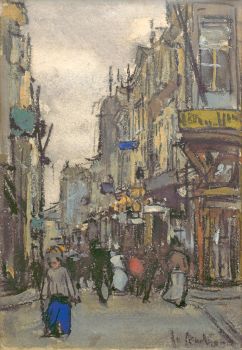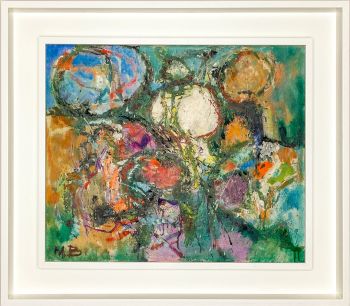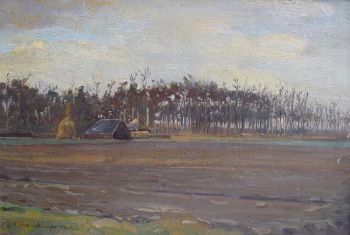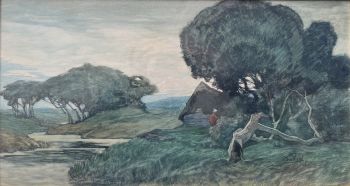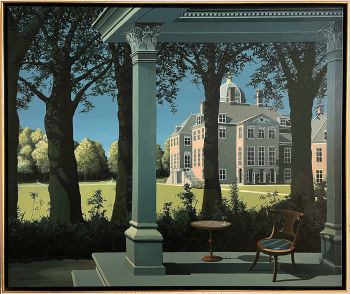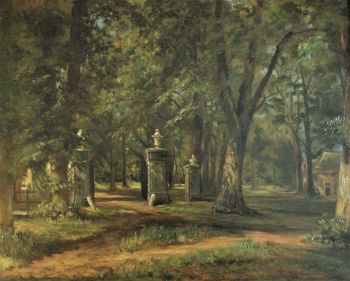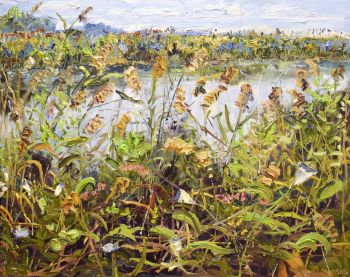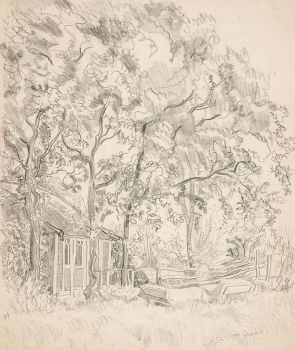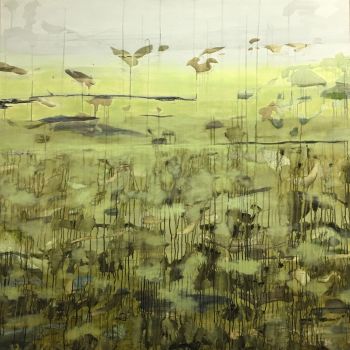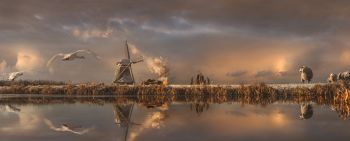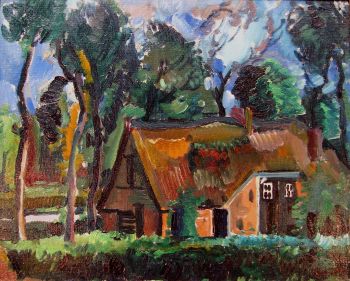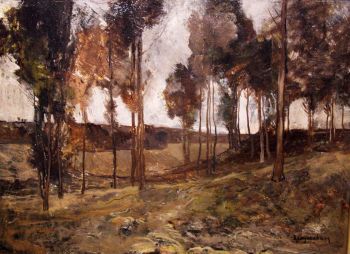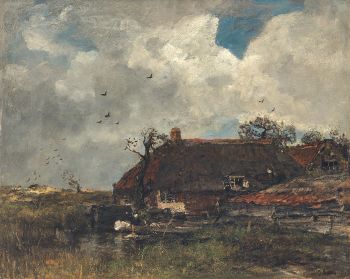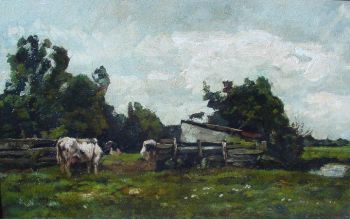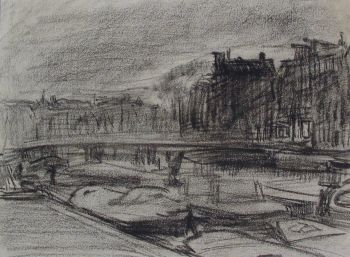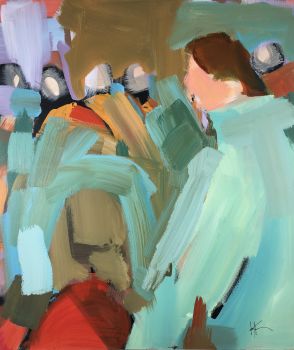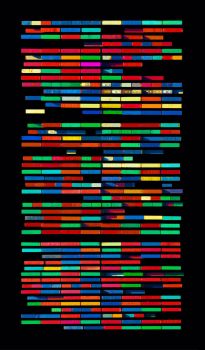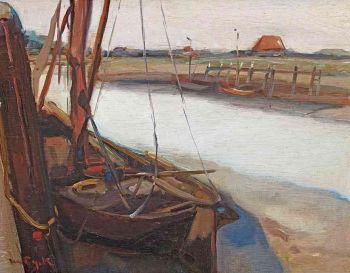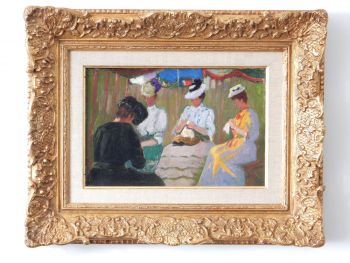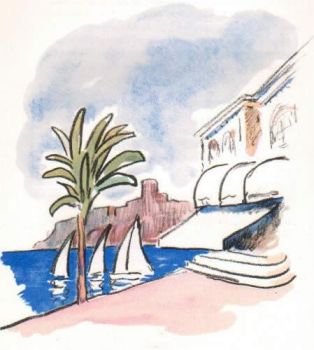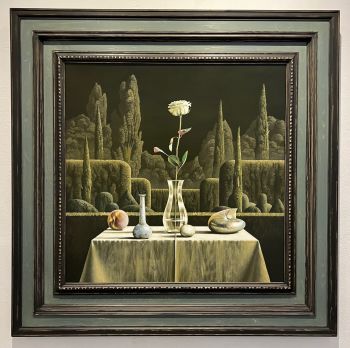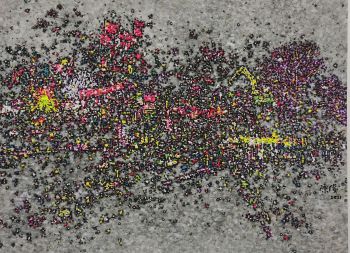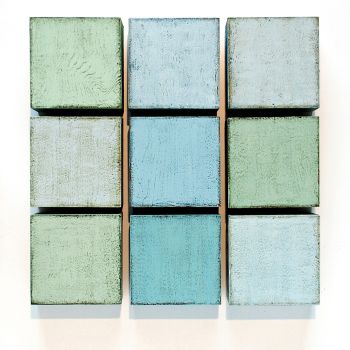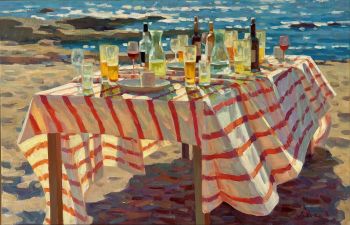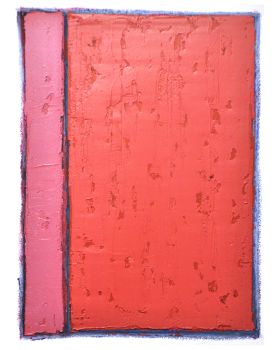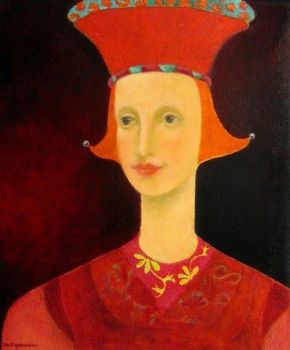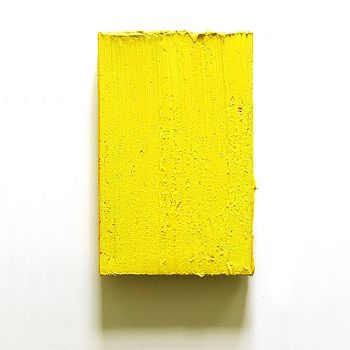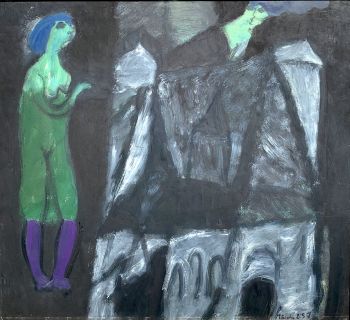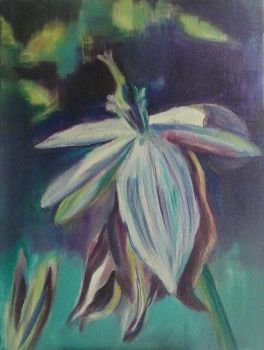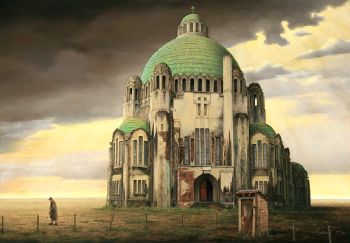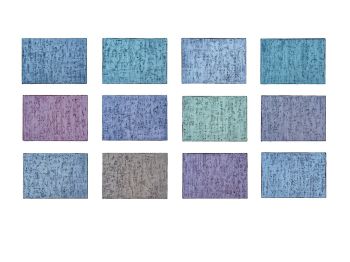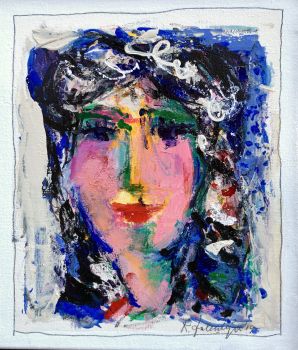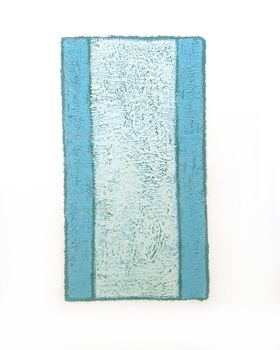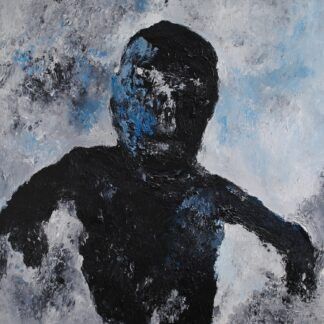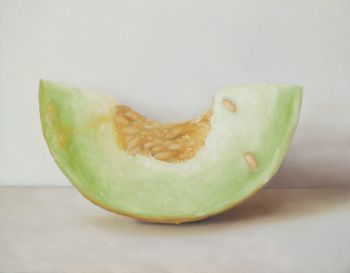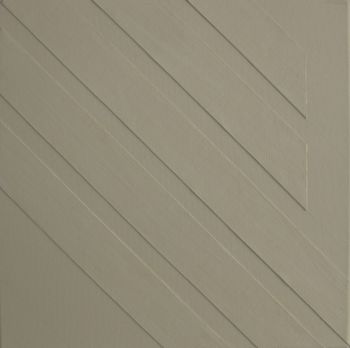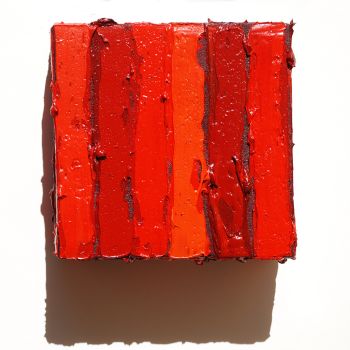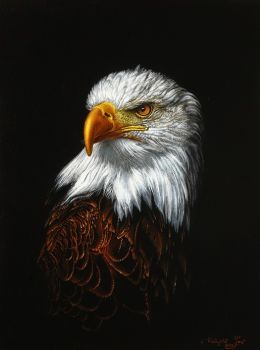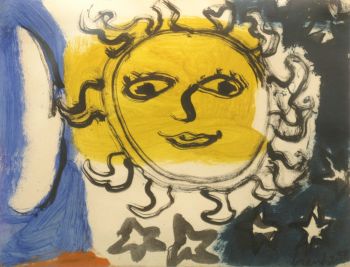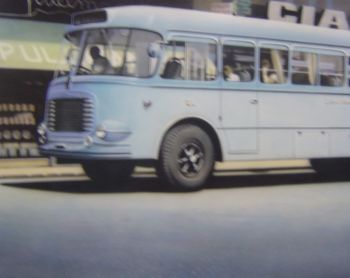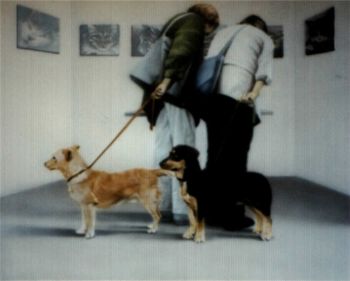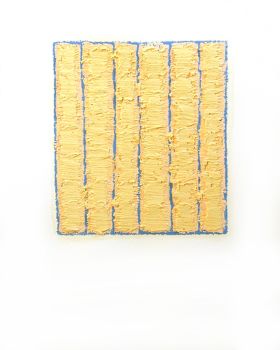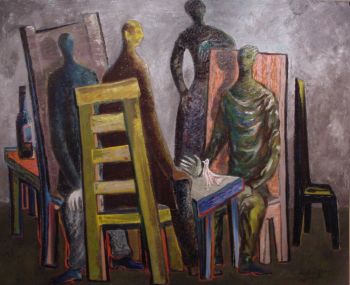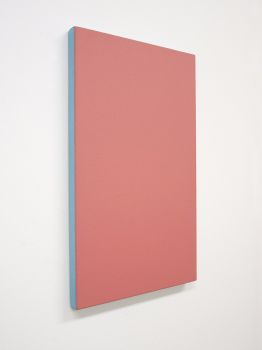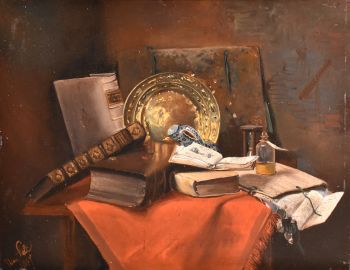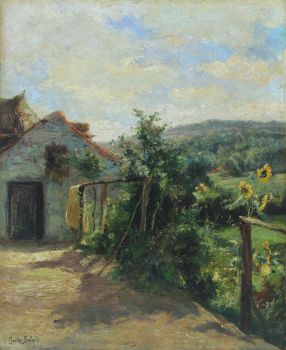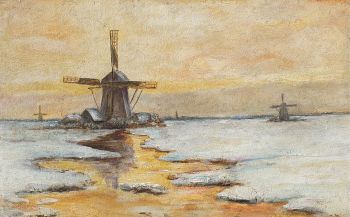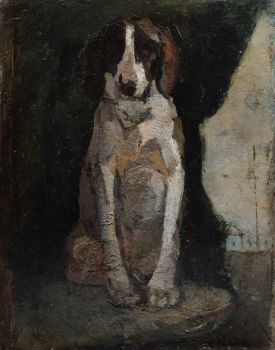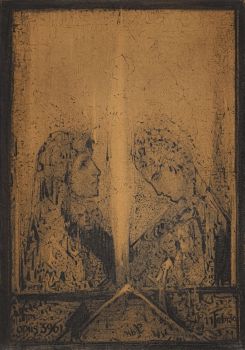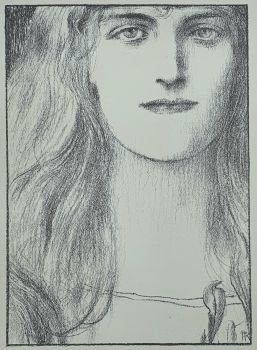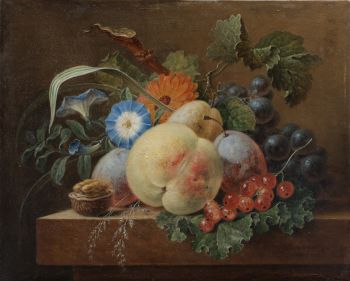Farm near Kralingen – Boerderij bij Kralingen 1916
Rodolphe Paul Wytsman
Peinture à l'huilePanneauPeindre
27.10 ⨯ 36 cm
ConditionExcellent
€ 3.750
Klooster Fine Art
- Sur l'oeuvre d'art[EN]
Rodolphe Wytsman (1860-1927) stayed in The Netherlands between 1914 and 1918, to escape the terrors of the First World War. Together with his wife, Juliette, Rodolphe was one of the central figures in the group of Belgian refugee artists. He continued painting, taking up some typically Dutch landscapes like this view on a farm near the village of Kralingen (near Rotterdam). His Luminist version of Impressionism shows here in the way he depicted the flowers in the garden, and the (reflection of) the row boat in the middle of the image. Throughout this painting he used a varying brushstroke, adapting shape, direction and the thickness of the paint layer to the effect he wanted to convey.
[NL]
Rodolphe Wytsman (1860-1927) verbleef tussen 1914 en 1918 in Nederland, om het strijdgeweld van de Eerste Wereldoorlog te ontvluchten. Samen met zijn vrouw, Juliette, was Rodolphe een van de spilfiguren in de groep gevluchte Belgische vluchtelingen. Hij bleef in Nederland schilderen en hij nam het Nederlands landschap tot onderwerp, zoals deze boerderij bij Kralingen (bij Rotterdam). Zijn luministische variant van het impressionisme komt naar voren in de verbeeldde bloemen in de tuin, en de roeiboot en reflectie midden in beeld. Door het hele schilderij gebruikte hij een gevarieerde penseelstreek, waarbij hij vorm, richting en dikte van de verflaag aanwendde om het beoogd effect te verkrijgen. - Sur l'artiste
Rodolphe Paul Wytsman (1860, Termonde – Linkebeek, 1927), également orthographié Rodolf Paul Wijtsman, était un peintre belge.
Il a étudié auprès de Jean Capeinick à l'Academie voor Beeldende Kunst (Académie des Beaux-Arts) de Gand. Par la suite, il étudie à l’Académie Royale des Beaux-Arts de Bruxelles, où il entre en contact avec le cercle L’Essor, auquel participent Henri Permeke, James Ensor et de nombreux autres artistes.
En 1883, il est membre des Vingt pendant un an. En 1986, il épouse Juliette Trulemans, également peintre. Les sujets de Wytsman sont les peintures de genre, les paysages et les vues de villes.
Wytsman travaille dans un style luministe et néo-impressionniste. Il expose dans les salons de Bruxelles, Anvers et Gand. Ses œuvres se trouvent dans de nombreux musées en Belgique et à l'étranger, à Amsterdam, Anvers, Bruxelles, Buenos Aires, Tokyo, etc.
Il vécut et travailla dans de nombreux endroits, en Italie (1882-1883), Knokke, La Hulpe, Linkebeek (1892-1927). Pendant la Première Guerre mondiale, Wytsman vivait aux Pays-Bas.
Êtes-vous intéressé par l'achat de cette oeuvre?
Artwork details
Related artworks
Marc Chagall
Booz se reveille et voit Ruth a ses Pieds1952 - 1980
Prix sur demandeArthouse Marc Chagall
1 - 4 / 24Bernardus Johannes Blommers
VADER EN MOEDER MET KIND AAN TAFEL1845 - 1914
Prix sur demandeStudio 2000 Art Gallery
1 - 4 / 24Willem van Konijnenburg
Landscape in Limburg, the south of the Netherlands1868 - 1943
Prix sur demandeKunsthandel Pygmalion
1 - 4 / 24- 1 - 4 / 24
- 1 - 4 / 12

